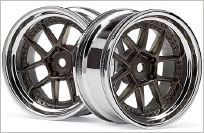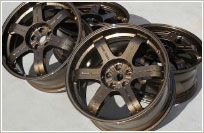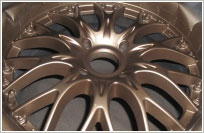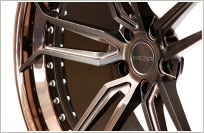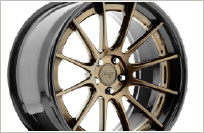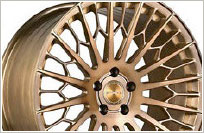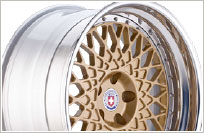Chromium bronze BrH
- NON-FERROUS METALS
- General information
- About us
- Rolled BRONZE
- Rolled bronze
- Bronze powder
- Bronze powder BPO
- Bronze powder BOD
- Rolled bronze
- Bronze ribbon BrB2
- Bronze pipes
- Pipe bronze BrAZHN 10-4-4
- Bronze pipes BrAZhMts 10-3-1,5
- Bronze foil
- Bronze rods
- Bronze circles BrAMts 9-2
- Bronze Circle BrAZhMts10-3-1,5
- Bronze Circle Braze 9-4
- Bronze wire rods BrOTsS 5-5-5
- Bronze bars BrOF10-1
- Bronze rodBraZH 10-3
- Bronze sheets
- Bronze sheet BrH1
- Bronze sheet BrH1Tsr
- Bronze sheet BrH0,8Sh
- Bronze sheet BrH0,8T
- Bronze plate BrB
- Bronze strip BrB2
- Bronze wire BrAZh10-1,5
- Hexagonal bronze BRaZH 9-4
- Aluminum bronze ingots
- Aluminum bronze ingots
- Bronze BrAZH 9-4
- Bronze BrAZhMts 10-3-1,5
- Beryllium bronze BrB2
- Bronze BrAMts 9-2
- BROF Bronze 7-0,2
- Bronze BrOF10-1
- Bronze for monuments
- Silicon bronze
- Tin bronze OCS
- Bronze BrOTsS 5-5-5
- Bronze castings
- Chromium bronze BrH
Chromium bronze BrH
In industry, the term "bronze" means copper alloys (in excess) with a wide range of alloying elements -. From aluminum to chromium and other exception is the group of copper-nickel and zinc alloy, hereinafter referred to brass. Nomenclature bronzes contains the symbol "Br", then the letter indicated by the alloying element and its percentage composition in the form of numbers.
Independently among numerous family bronzes are alloys in which the content of doping substances does not exceed 0.3-1%. With the same characteristics and thermal conductivity of copper that they are far superior in terms of its hardness, strength and endurance limit. Furthermore, this group of alloys can be operated at higher temperatures.
BrH chromium bronze containing 0.5 - 1% chromium, refers to such materials.
A distinctive feature of chromium bronze - increased corrosion resistance. The presence of chromium in the alloy essentially raises the heat resistance of the copper alloy, causing the main directions of use:
1. It is used in the manufacture of the moving contacts. Chromium bronze BrH in products used as a spring contact reinforcement, as bears high elastic properties. - In transport, a current collecting wires has excellent tensile strength and abrasion.
2. It is used for welding electrodes machine.
3. Production of heat exchangers.
4. Perfect in the production of both anti-friction material.
5. Welding wire chrome bronze usually applied as a filler metal.
BrH chromium bronze has the following chemical composition: iron - 0.08% Cr - 0.4 -1% copper - 98,5-99,9%, zinc - 0.3%, other impurities up to 0.5 %.
Casting and technological characteristics of chromium bronze BrH:
- Melting point - 1073 m .;
- Annealing temperature - 650 gr .;
- Heat treatment is carried out at - 700 - 950 gr.
- Hardness of bronze BrH: deformed alloy - HB 10 -1 = 115 MPa, annealed alloy - HB 10 -1 = 60 MPa.
Comes chrome bronze BrH in the form of wire, rods, bars, plates, sheets.
|
|
|
|
|
|
|
|
|
|



